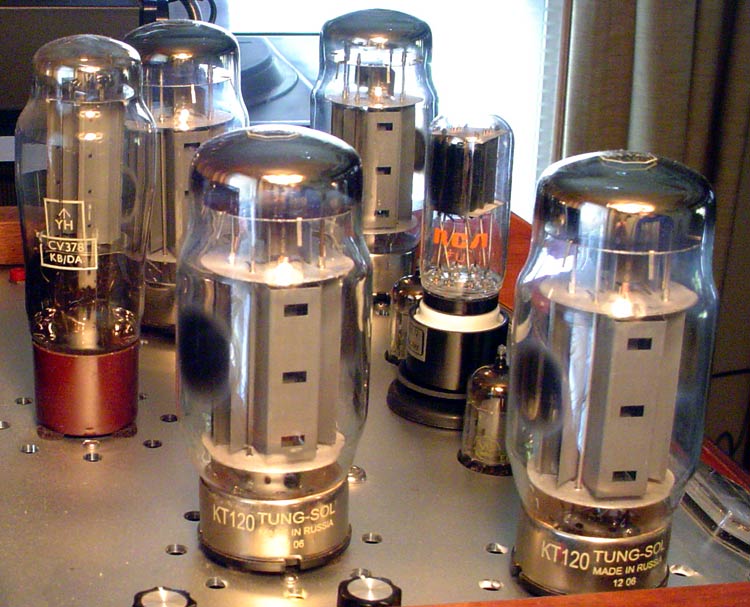Check this out:
I often see people asking about judging the condition of a tube by the condition of its getter... Here's a Sylvania 5933 which has seen years of use in my RCA power amplifier. The getter is almost gone, but yet the tubes bias properly, test good, and sound great. I have some spare time during the holidays, so decided to do some work on the RCA amps. I was thinking to install some NOS USSR G-807s I keep as spares for these amplifiers, but those 5933s just aren't done yet. Anyway this is definitely the case of worst looking getters in good tubesI've come across.

I often see people asking about judging the condition of a tube by the condition of its getter... Here's a Sylvania 5933 which has seen years of use in my RCA power amplifier. The getter is almost gone, but yet the tubes bias properly, test good, and sound great. I have some spare time during the holidays, so decided to do some work on the RCA amps. I was thinking to install some NOS USSR G-807s I keep as spares for these amplifiers, but those 5933s just aren't done yet. Anyway this is definitely the case of worst looking getters in good tubesI've come across.





 (maybe right after halftime)
(maybe right after halftime)